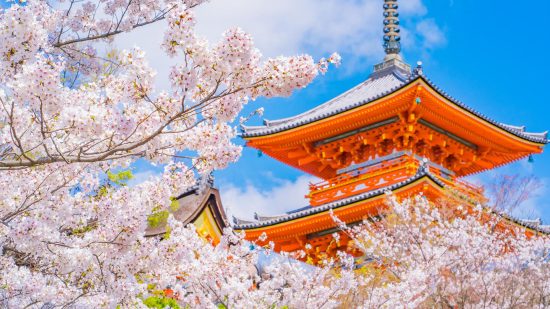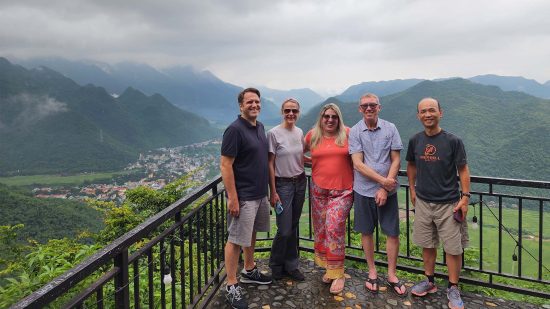Russia – living up to expectations and more!
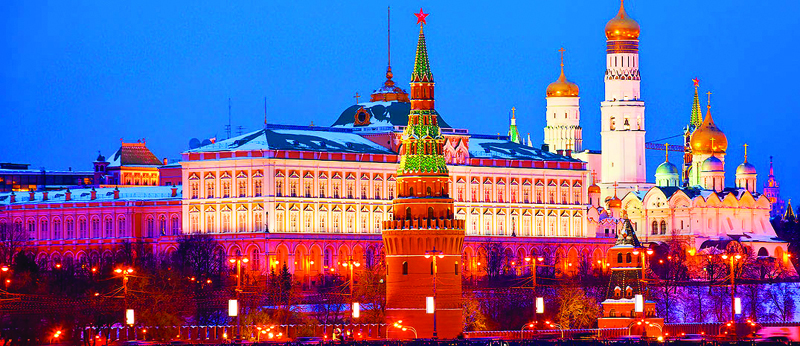

Australia is such a long way from; well everywhere. So, sitting in a history class back in the early 80’s, learning of the birth of communism, Lenin, Trotsky, Stalin, Tsars, the Winter Palace, Rasputin, The Hermitage (what is a hermitage my fellow students muttered), the February revolution and October Revolution, Red Square and the Kremlin – it all seemed so far removed it was hard to engage. But as the years went by and my interest in Australian history grew, particularly during the formative years of the first world war, I came realize how history overlapped and during this period and how small events tied into to bigger events that in time led to the many aspects of the world we live in today. Russia is, and some would contest today, a focal point of the 20th century.
When I had the opportunity to travel to Russia recently, I was surprised by the anticipation and excitement I felt for visiting a country I had learnt of as a teenager and read about as a young adult. Seeing some of the world-famous sites, and places where history was made, soaking up that history that is not only fascinating but also influential and impacting to the modern times. I was equally surprised about how much I actually retained from my school years of the birth of communism and socialist government.
The 70’s, 80’s and 90’s saw Russia portrayed as the antagonist in international affairs with Hollywood running with and exploiting that theme. They were the bad guys. Speaking to our guides all of whom had grown up in the Soviet period of rule, gave a refreshing and not unexpected counter view. They viewed the west as the antagonist – naturally – and many say they still have fond memories of aspects of Soviet rule. As many had few kind words for that part of their history. There were as many comments, both good and bad on the new Russia. Remember the country was pulled from a cloistered economic and political world rather abruptly, into an open free-market capitalist world. But now Russia is “open” and the fact this dialogue took place was fun as well as educational.
Regardless, the main thing that came out of speaking to our guides – one of whom was a helicopter pilot in the Russian air force and U.N. pilot in Ethiopia – and other local Russians, was finding out the actual views of the locals are often not reflective of the official government view.
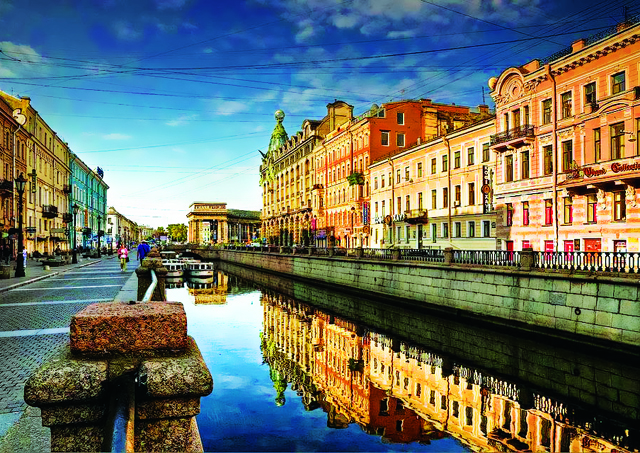
Russia is a huge country but a traveler will focus on two key areas – St Petersburg (formally Petrograd and Leningrad) and Moscow. Both cities have been the capital of Russia at one point but both cities reflect two entirely different views of Russia. St Petersburg is a mirror of the grand cities of Europe – Peter the Great, who founded the city, wanted a European city and capital for Russia. Moscow is more reflective of a Soviet city, with typical concrete apartment blocks juxtaposed by enormous public buildings, grand architecture and the world-famous Moscow subway system all drive primarily by Stalin in his goals all to reflect the virtues of socialism.
As large a country as it is, access to it from Finland and other European cities is rather simple. The suggested entry point is from Finland via the “fast train” that runs at regular intervals throughout the day. It is a short 4-hour transit time with all border formalities being undertaken on the train. A visa is required for all Canadians and American citizens entering Russia and while a touch time-consuming in getting the visa, the process is relatively easy. A “invitation letter” is required to obtain the visa and Goway will supply this upon all services and flights being confirmed.
St Petersburg was established in 1703 by Tsar Peter the Great in his desire to establish for Russia a powerful Navy. Located on the Neva River that feeds into the Baltic Sea it is ideally located for those goals though it brings with it a “relative” high humidity as the original location was swampland. Tsar Peters instructions were to build a city that would compete with Paris, Rome and the other great European cities and his desire was met beyond all expectations. The Historic Centre of Saint Petersburg and Related Groups of Monuments constitute a UNESCO World Heritage Site.


Home to the Winter Palace, scene of the revolutions of 1917, the Hermitage museum, Faberge eggs, Peter and Paul Fortress, which became the first brick and stone building of the new city, palaces that were home to Catherine the Great, Alexander the 2nd the rise and fall of Rasputin, the home and burial of the last Tsar of Russia, Nicolas the 2nd – and all those that came before him including Ivan the Terrible – prime target of Hitler during WWII with a siege lasting 872 days, and today a cosmopolitan city that can stand proudly side by side with Paris and Rome.
Everywhere you turn history, grand architecture, and memories both large and small of the Soviet era, hits you smack in the face and the guides brim with pride and excitement in passing on the stories of the distant and recent past as well of now. You can even visit a local family and see firsthand a Soviet apartment, and gain an insight into how it would have been living in the soviet period.
Heading to Moscow by an 8-day river cruise along the Volga River, or a fast train to Moscow or the recommended overnight sleeper train, you enter a city of enormous size and a distinct feeling of the Soviet period with, at its heart, the world-famous Kremlin (fortress) and Red Square.
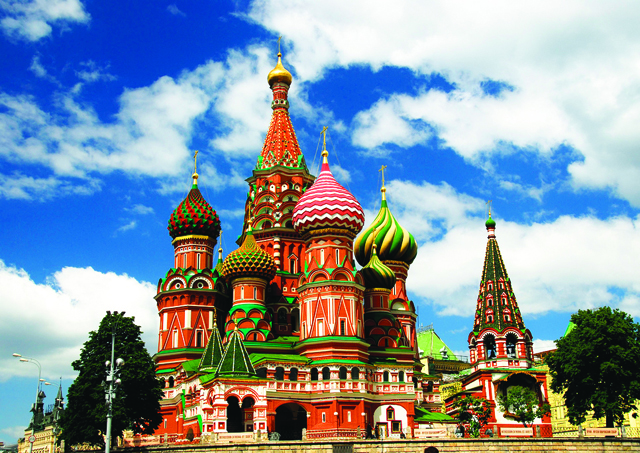

While the revolution sprang to “life” in St. Petersburg, the political center eventually centred in Moscow. Located on the Moskva River, the city is awash with architecture from the countries Tsarism glorious past – St Basils Cathedral, the aforementioned walls and buildings of the Kremlin, Red Square (both World Heritage Sites) vast green spaces and the Bolshoi Theatre to the grandeur of the Moscow Underground whose stations are mini museums unto themselves and the often overbearing symbols of communism through Stalin’s ambitious building plans in the 50’s, to the now modern downtown center, high-end stores and obvious wealth. Drop in to one of the 2 acknowledged underground nuclear bunkers used during the Cuban Missile Crisis.
They say unofficially, there are at least 4 more in the city – one under the Kremlin. Some things don’t / won’t change! It is a city of cultural and political opposites seemingly sitting peacefully side by side.
A country of immense size, a people of immense pride whose history stretches back over the millennia, but the last 100 years leaving an impressionable impact on world politics felt to this very day, visiting Russia is to learn of the world lived that most westerner could never understand or appreciate, to hear others views – and most will happily talk about the good and the bad of the past – and nowhere can you learn and appreciate such diverse political views as a visit to Russia.
Was Russia what I expected? It was as much the grand architecture and history as it was learning about an era that is still impacting the modern political and economic world. It was much more than I anticipated and I only saw a small portion. That portion and more await you, and any of our Europe specialists await your call!
